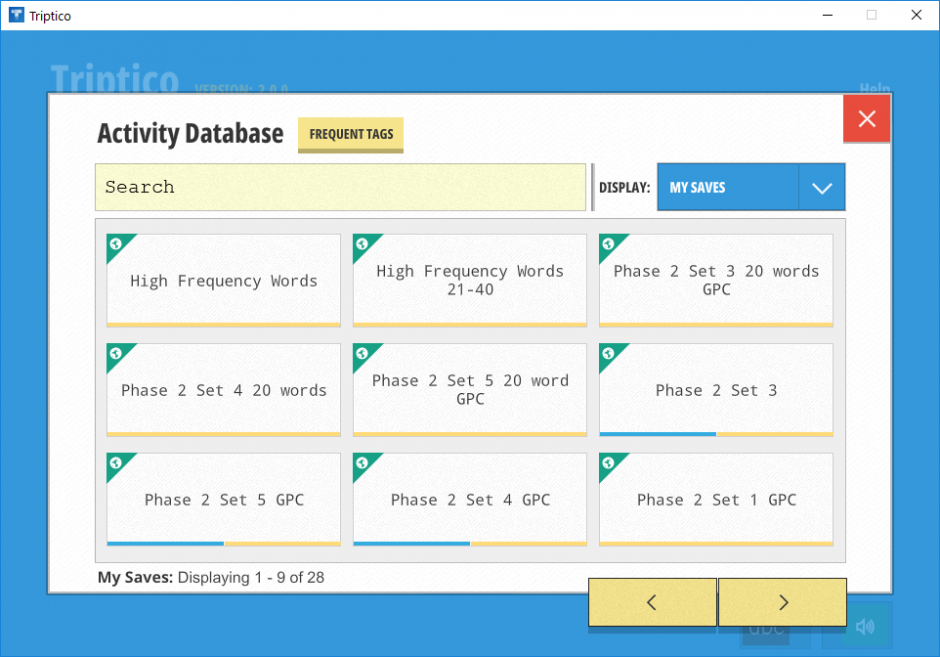The ACE/CIS “Phonics in context is not enough” provided a very real and practitioners led overview of the debate. The Q and A here, closed with a spurning conclusion:
“Explicit and systematic” is mandatory, “significant and relevant” is even more important.
With SSP labelled the ‘prime approach’ (Rose, 2006) what / where is the “significant and relevant” contribution? Second, what “other strategies” are acknowledged and for what purposes? Tricky words? It appears a key issue is the lack of coverage of SSP in complex orthographies such as English.
Analytical Phonics (AP)
Analytic phonics (AP) avoids sounding out, inferring sound-symbol relationships from sets of words. AP looks initially at the whole word, split into parts: onset (the initial part before the first vowel) and rime (from the first vowel onwards). With generated whole rhyming string of words, substituted to create ‘word families’. eg ‘Spill’ – ‘sp’ is the onset and ‘ill’ is the rime. substituting – fill, bill, mill.
I am not sure this handles “tricky words” for example. Which made me think, what is the % contribution of “tricky words?” Sometimes referred to as “exception words.”
So I set off, on a cursory investigation suggestions the sheer volume of these “tricky words” in our everyday language. 40 of the 100 most commonly used words cannot be decoded phonetically. Hence the “prickle point” of a lack of coverage of SSP in complex orthographies such as English (noting a second point, accents and dialects).
Correction: It’s not the case that 40 of the most common words cannot be decoded phonetically. Charlotte Mackechnie highlights that the majority of words in the English language are represented by 175 sounds (McGuinness). Rather, for early readers who don’t yet know the extended code they can’t be decoded yet. These ‘exception words’ contain GPCs which have not yet been taught. “Every word can be decoded as every word is made up of sounds,” Clare Sealy. My thanks to Clare Sealy and Charlotte MacKechnie for their feedback (@c_mackechnie). The very existence of “tricky words” is addressed is this extended thread.
Back to the debate
As with most polarised education debates the answer is rarely simple. Rarely one or another, with various contributing components high lighted in Clare Searly’s article. The passion of classroom teachers convictions in the comments are equally important in my view.
As well as excellent, evidence-informed phonics teaching, children also need to be immersed in a stimulating language environment and exposed to the wealth of rich children’s literature. These are in no way mutually exclusive, you just don’t do them at the same time of day.
13 things you need to know about phonics – Clare Sealy
If we want England’s children to get better at reading and to do more of it, we have to give them a diet that is attractive, nutritious and satisfying.
Dombey et al., 2010
(New word) Prosody: the patterns of stress and intonation in a language.
At the end of the Easter break I can across Hard Words: Why aren’t kids being taught to read? Well worth just under an hours listening for parents and teachers.
Now, I think this brings me to an unsatisfactory pause in my edventure. From here on in, I will create the Triptico SSP assets and look to give these away to any teacher that wants to use them.


